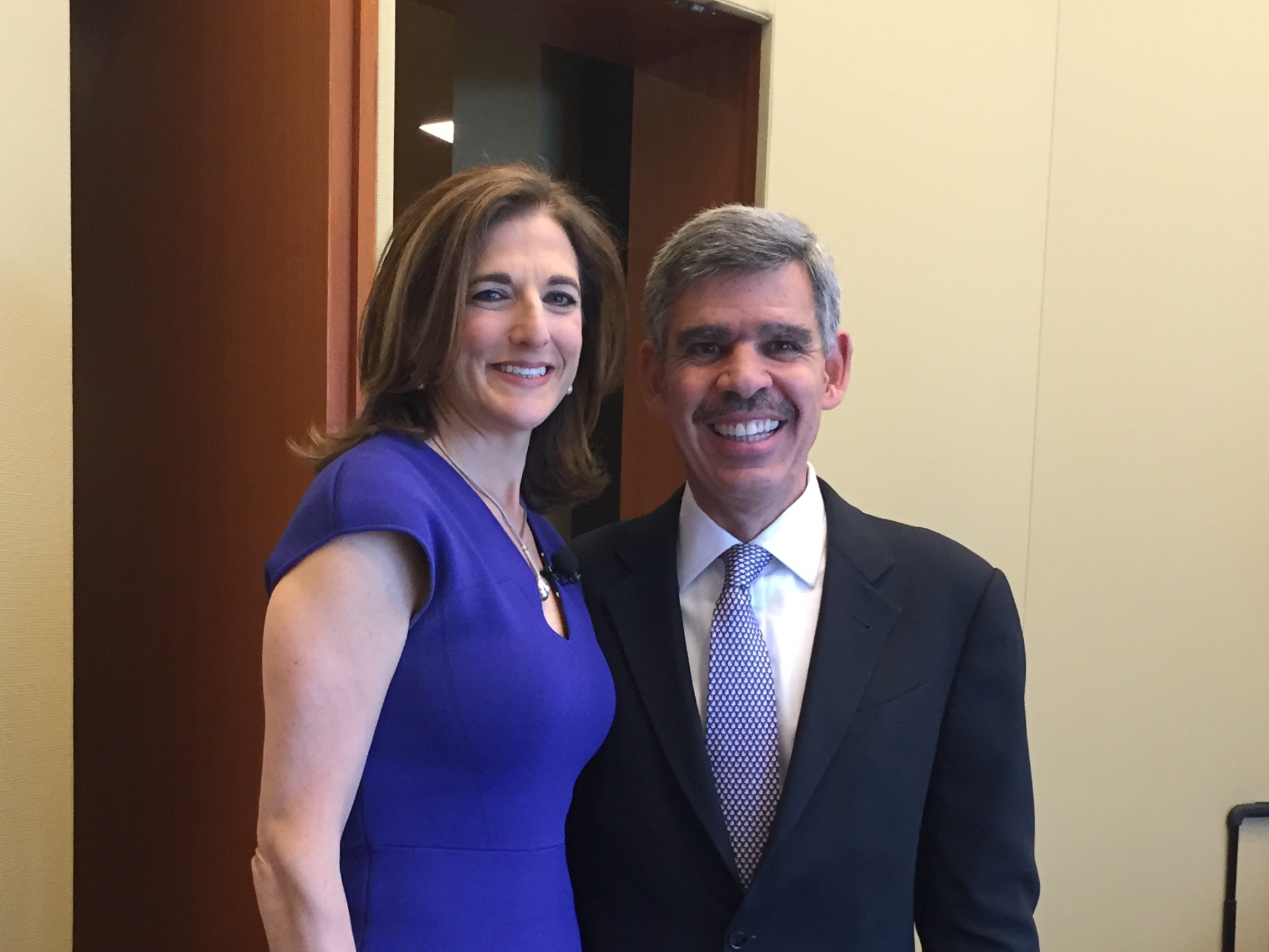The death of the job market was greatly exaggerated. Cassandra’s were out in force after the weak first quarter, but to the relief of economists, the May employment report showed a much hoped for spring back in the labor market. The Bureau of Labor Statistics said 280,000 new jobs were added last month, exceeding the consensus estimate of 220,000. The previous two months were revised higher by a total of 32,000. Over the past six months, the economy has added an average of 236,000 jobs per month, a solid gain though lower than last year's monthly average of about 260,000. The unemployment rate ticked up to 5.5 percent for the right reason-like in April, more people joined the labor force and while a number of them landed jobs, some were not able to do so in May. [As a point of reference, in the three years prior to the recession, the unemployment rate averaged 4.8 percent, which is below the post World War II average of 5.8 percent.]
The labor force participation rate (the number of Americans in the labor force or actively seeking employment) ticked up to 62.9 percent, the high end of the narrow range of 62.7 to 62.9 percent seen for the past year. There was also a 268,000-drop in discouraged workers in May to 1.9 million, the lowest number since 2008.
As more candidates snag those coveted jobs, economists say that wage gains are not likely to be far behind. In this report, average earnings increased at a better than expected pace month over month and are now up 2.3 percent from a year ago, the biggest increase since the summer of 2013. Before you pop the champagne, it’s worth considering that 2.3 percent is just a touch ahead of the pokey pace of the past few years, is still below the 3 percent growth seen in the last expansion and not to rub salt into the wound, but increases of more than 4 percent were common in past expansions.
Those wage gains are elusive because there is still significant slack in the labor market. Slack can come in many forms: those 1.9 million discouraged workers; the 6.7 million people working part time, who want a full-time job; and the 2.5 million long-term unemployed. As a report from the Atlanta Fed recently noted: “There is intense competition among job seekers for available job opportunities. And within many jobs, the demand for more hours has been greater than the supply of hours offered by employers.”
Productivity, or lack thereof, is also creating a headwind for wage growth. First quarter productivity decreased at a 3.1 percent seasonally adjusted annual rate and has now fallen for two consecutive quarters, the first time that has happened since 2006. “The most important factor determining living standards is productivity growth, defined as increases in how much can be produced in an hour of work,” Fed Chairwoman Janet Yellen said in a speech last month. “Over time, sustained increases in productivity are necessary to support rising incomes.”
Finally, economists note that because inflation is running low and the hangover form the recession remains indelible, workers have not demanded higher wages. But the tide could be turning, as the May jobs report showed a little spring in the labor market's step!
MARKETS: Despite fears than an M&A boom is fueling high valuations in the tech sector and pushing stock indexes to unsustainable levels, the action this week was in the bond market. Benchmark government bond yields in Europe, Japan and the US increased to their highest levels of the year. After the jobs report confirmed strengthening in the US economy, the price of the US 10-year dropped and the yield rose to 2.4 percent, the highest closing level since October 6th. The latest action prompts the question: Is the thirty-year bull market in bonds finally coming to a close? Stay tuned…
- DJIA: 17,849, down 0.9% on week, up 0.15% YTD (3rd consecutive weekly loss)
- S&P 500: 2092, down 0.7% on week, up 1.65% YTD
- NASDAQ: 5,068 down 0.03% on week, up 7% YTD
- Russell 2000: 1261, up 1.1% on week, up 4.7% YTD
- 10-Year Treasury yield: 2.4% (from 2.1% a week ago, the biggest weekly rise since the June 2013 “taper tantrum”)
- July Crude: $59.13, down 1.9% on week (first weekly loss since March)
- August Gold: $1168.10, down 1.8% on week
- AAA Nat'l avg. for gallon of reg. gas: $2.75 (from $2.73 wk ago, $3.66 a year ago)
THE WEEK AHEAD:
Mon 6/8:
Apple developer conference: Company expected to launch a streaming music service
Tues 6/9:
9:00 NFIB Small Business Optimism Index
10:00 Job Openings and Labor Turnover Survey (JOLTS)
Weds 6/10:
Thurs 6/11:
8:30 Retail Sales
8:30 Import/Export Prices
Fri 6/12:
8:30 Producer Price Index
9:55 U Michigan Consumer Sentiment
![Jill on Money [ Archive]](http://images.squarespace-cdn.com/content/v1/59efbd48d7bdce7ee2a7d0c4/1510342916024-TI455WZNZ88VUH2XYCA6/JOM+Blue+and+White.png?format=1500w)







